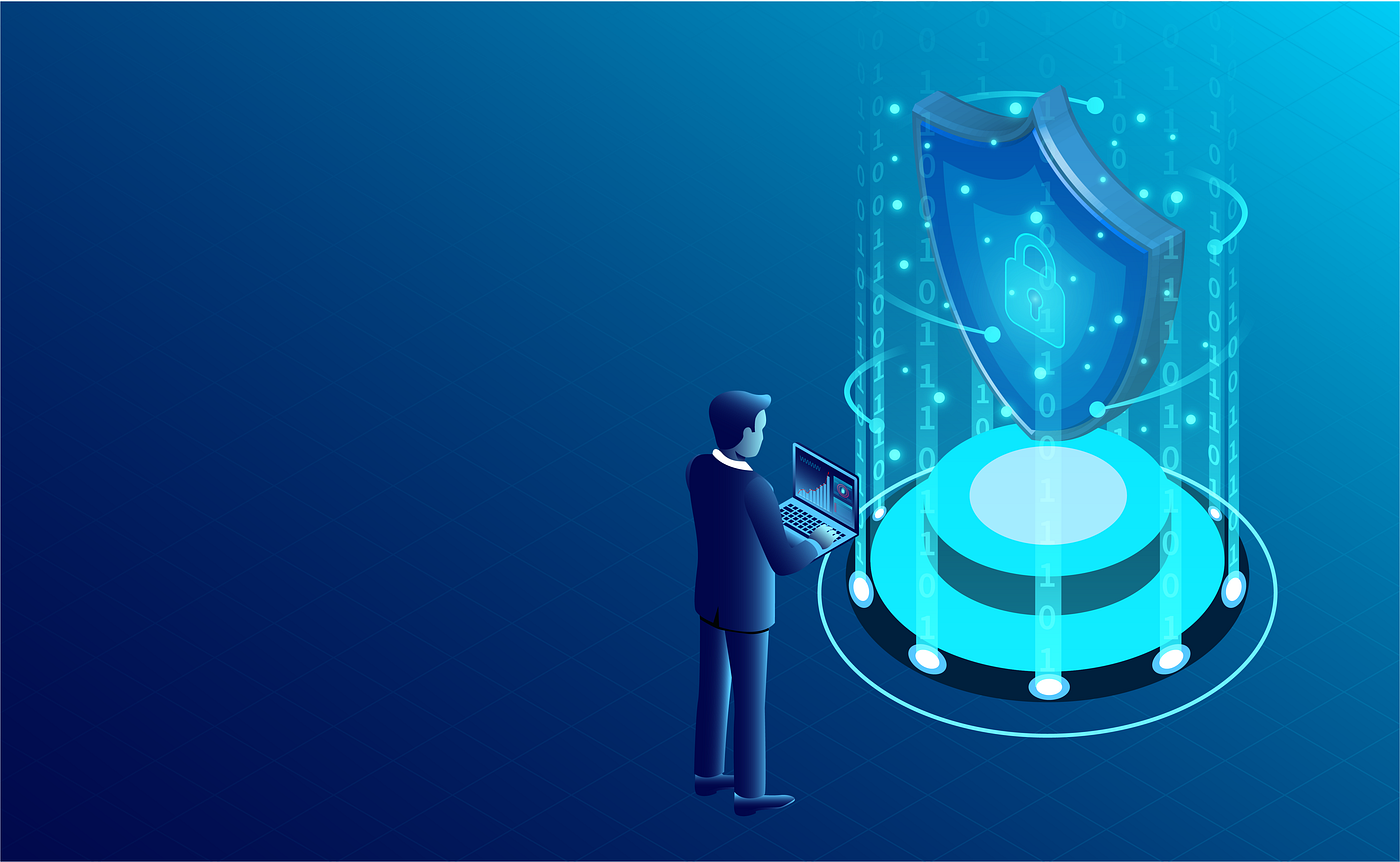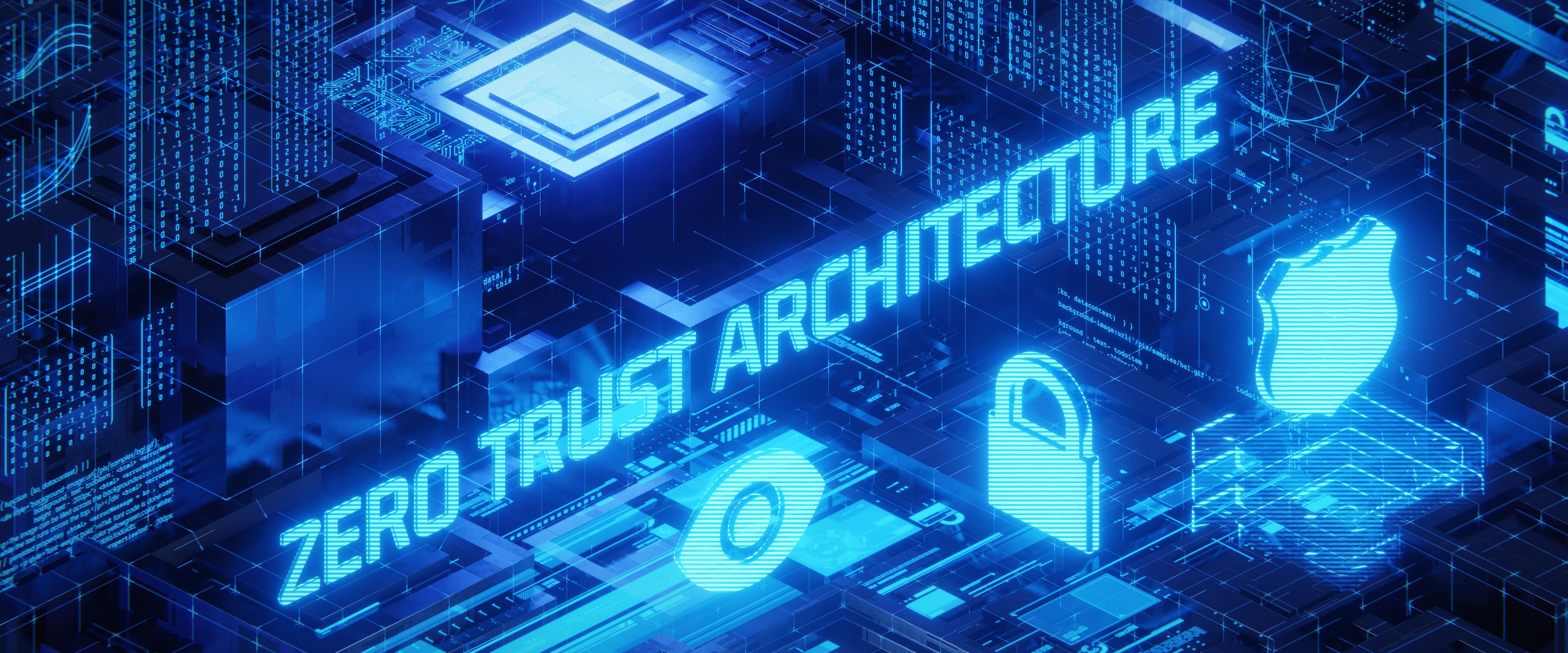
Imagine logging into your online banking account to check your balance or accessing your medical records with just a few clicks. These daily conveniences rely heavily on robust information security to keep your data safe. The foundation of this security lies in cryptography, which ensures that your sensitive information remains confidential and intact.
However, as we stand on the brink of a quantum computing revolution, our current cryptographic systems face an unprecedented threat. Enter Post-Quantum Cryptography (PQC), a field dedicated to developing encryption methods that can withstand the power of quantum computers. PQC represents a critical advancement in our efforts to future-proof information security.
The Vulnerability of Current Cryptography
Today's public-key cryptography relies on complex mathematical problems like integer factorization and discrete logarithms. These problems are notoriously difficult for classical computers to solve, providing a secure basis for encryption. However, quantum computers operate differently and can solve these problems efficiently using algorithms like Shor's Algorithm.
If quantum computers become powerful and accessible, they could break current cryptographic systems, leading to compromised financial transactions, leaked sensitive data, and disrupted communication networks. The potential consequences of a successful quantum cryptanalysis attack underscore the urgent need for quantum-resistant encryption solutions.
Enter Post-Quantum Cryptography (PQC)
Post-Quantum Cryptography (PQC) is a burgeoning field aimed at developing cryptographic algorithms that remain secure against quantum attacks. Unlike current systems, PQC algorithms are designed to resist the computational capabilities of quantum computers.
Some of the most promising types of PQC algorithms include lattice-based cryptography, code-based cryptography, and multivariate polynomial cryptography. Each of these approaches offers different strengths and trade-offs in terms of security and performance.
Research and standardization efforts by organizations like the National Institute of Standards and Technology (NIST) are underway to identify and validate these algorithms, paving the way for their widespread adoption.
The Road to Quantum-Safe Systems
Transitioning to PQC algorithms presents several challenges. Compatibility with existing infrastructure is a significant concern, as new algorithms must integrate seamlessly with current systems. Performance considerations also play a crucial role, as some PQC algorithms may require more computational resources than their classical counterparts.
Additionally, potential security trade-offs must be carefully evaluated to ensure that new systems provide robust protection without introducing new vulnerabilities. A phased approach is essential, starting with identifying systems vulnerable to quantum attacks, prioritizing critical infrastructure, and developing comprehensive migration strategies. Ongoing efforts to create tools and resources will facilitate a smooth transition to quantum-safe systems.
The Benefits of PQC Adoption
The long-term benefits of adopting PQC are substantial. By future-proofing information security, PQC ensures the continued trust in digital transactions and protects sensitive data in a quantum era.
This robust security framework can foster economic growth by safeguarding financial systems and encouraging innovation. Societal benefits include enhanced privacy and the protection of critical information, contributing to a more secure digital environment for all.
Conclusion
As quantum computing advances, the threat it poses to our current cryptographic systems cannot be ignored. Post-Quantum Cryptography (PQC) offers a promising solution to this challenge, developing encryption methods resistant to quantum attacks.
The transition to PQC is complex but necessary to ensure the security of our digital future. By staying informed and advocating for PQC adoption, we can collectively safeguard our information against emerging threats. Continuous innovation in information security will be crucial in maintaining a secure and resilient digital world.


